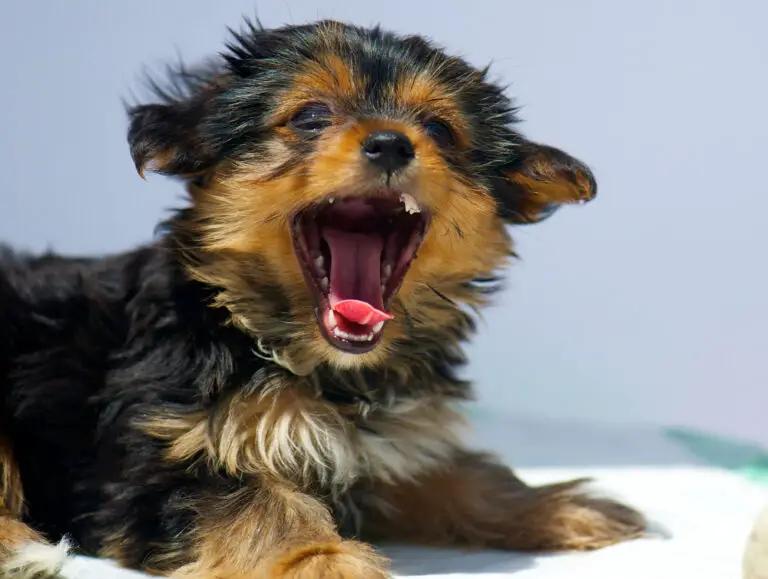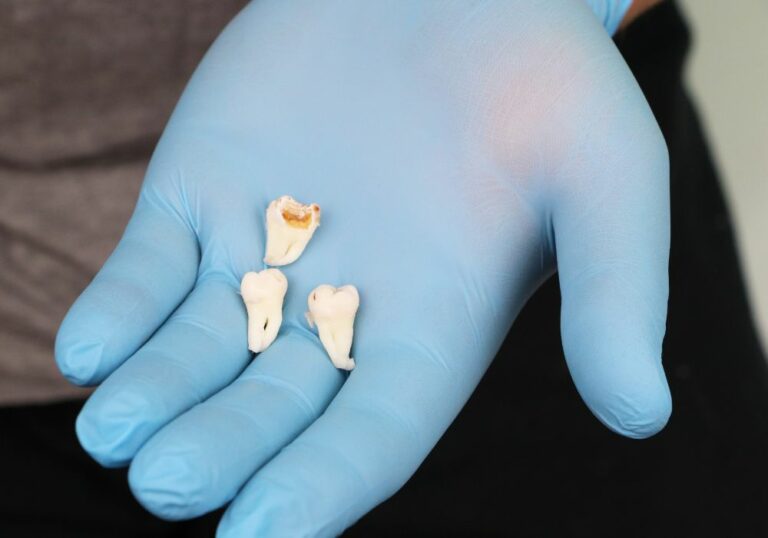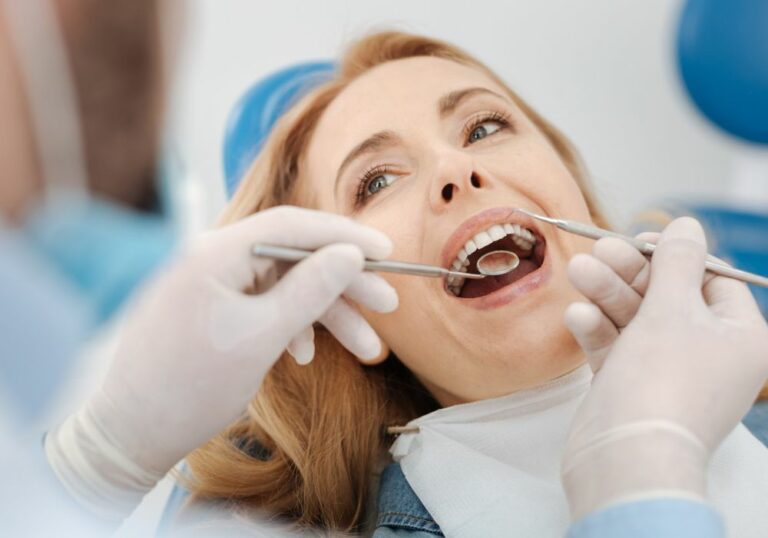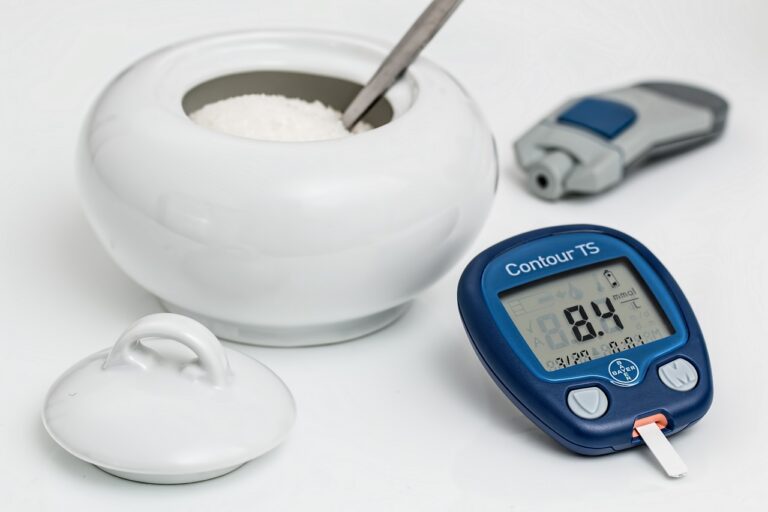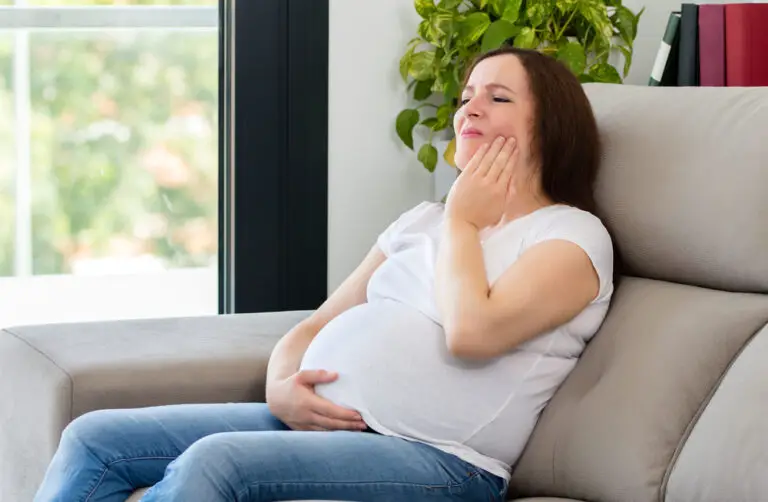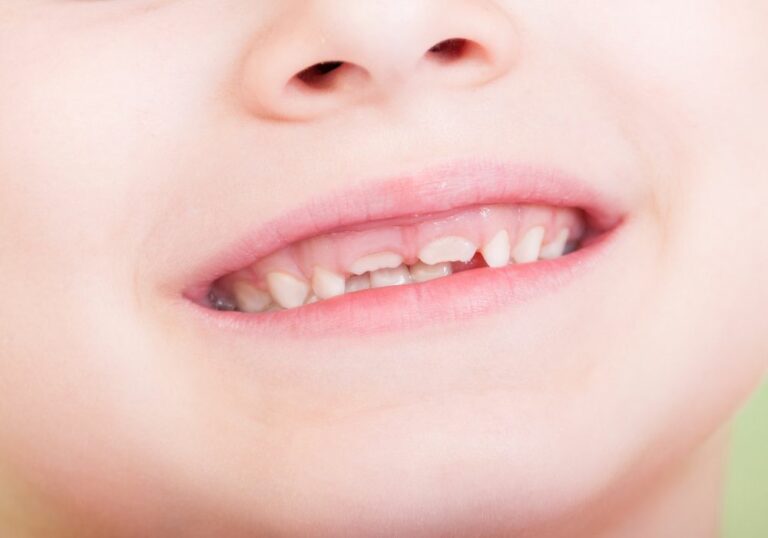When it comes to taking care of your baby’s health, dental hygiene is just as important as any other aspect. However, it can be challenging to know when to start teaching your baby to brush their teeth. The American Dental Association recommends starting as soon as the first tooth appears, which is usually around six months of age.
At this stage, you can use a soft-bristled baby toothbrush and a tiny smear of fluoridated toothpaste to clean your baby’s teeth. It’s also a good idea to wipe your baby’s gums before their teeth come in with a soft toothbrush, washcloth, or gauze. This helps to remove any bacteria or food particles that may be present in their mouth.
While your baby may not understand what you’re doing at first, it’s important to establish good dental hygiene habits early on. By making brushing a part of their daily routine, you can help prevent tooth decay and other dental problems in the future. In this article, we’ll explore the best practices for teaching your baby to brush their teeth and answer some common questions about infant dental care.
Understanding Baby’s Oral Health
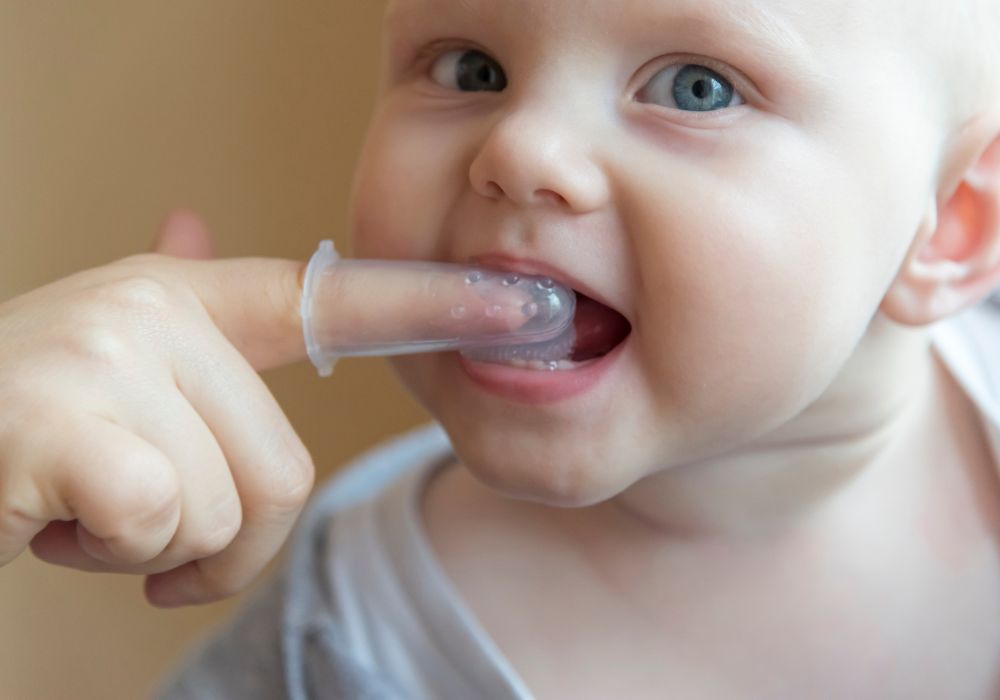
As a parent, it is important to understand your baby’s oral health and how to take care of their teeth and gums. Here are some key things to keep in mind:
When do baby teeth come in?
Baby teeth, also known as primary teeth, typically start to come in around 6 months of age. By the time your baby is 3 years old, they should have a full set of 20 baby teeth.
Why are baby teeth important?
Baby teeth are important for several reasons. They help your baby chew and speak properly, and they also hold space in the jaw for the permanent teeth that will come in later. Additionally, healthy baby teeth can prevent tooth decay and other oral health problems.
How should you care for your baby’s teeth?
It is important to start caring for your baby’s teeth as soon as they come in. Here are some tips for proper oral care:
- Use a soft-bristled toothbrush and a small amount of fluoride toothpaste to brush your baby’s teeth twice a day.
- Avoid giving your baby sugary drinks or snacks, which can increase the risk of tooth decay.
- Schedule regular dental checkups for your baby, starting at around 1 year of age.
By taking good care of your baby’s teeth and gums, you can help ensure that they have a healthy smile for years to come.
The Right Time to Start Brushing
As a parent, you may be wondering when is the right time to start brushing your baby’s teeth. According to the American Dental Association, you should start brushing your baby’s teeth as soon as the first tooth appears. This is usually around 6 months of age, but it can vary from baby to baby.
It’s important to start brushing your baby’s teeth early to establish good oral hygiene habits and prevent tooth decay. Tooth decay can occur as soon as the first tooth appears, so it’s important to start brushing right away.
When you first start brushing your baby’s teeth, you can use a soft-bristled baby toothbrush and a tiny smear of fluoridated toothpaste. You can also wipe your baby’s gums with a soft toothbrush, washcloth, or gauze before their teeth come in.
As your baby continues to develop more teeth, it’s important to brush their teeth twice per day. You can use a pea-sized amount of fluoridated toothpaste once your baby is old enough to spit it out.
It’s important to make brushing a fun and positive experience for your baby. You can sing songs or play games while brushing to make it more enjoyable. You can also let your baby hold the toothbrush and practice brushing on their own.
In summary, the right time to start brushing your baby’s teeth is as soon as the first tooth appears, which is usually around 6 months of age. Starting early can help establish good oral hygiene habits and prevent tooth decay. Use a soft-bristled baby toothbrush and a tiny smear of fluoridated toothpaste, and make brushing a fun and positive experience for your baby.
Choosing the Right Toothbrush
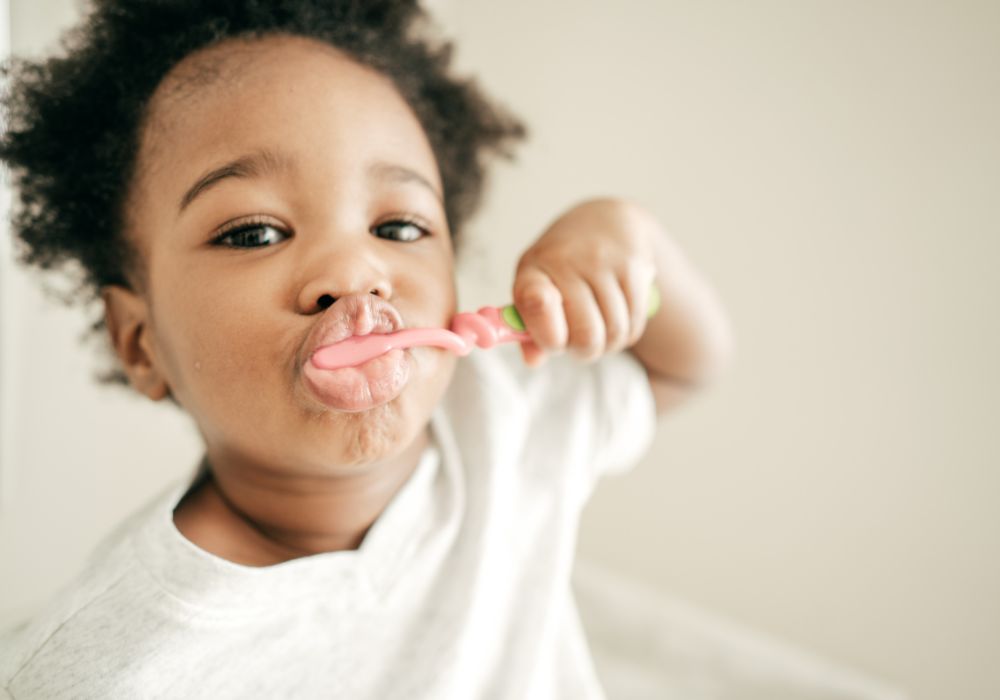
When it comes to choosing a toothbrush for your baby, there are a few things to keep in mind. Here are some tips to help you make the right choice:
Size and Shape
Choose a toothbrush with a small head and soft bristles. The head should be small enough to fit comfortably in your baby’s mouth, and the bristles should be soft enough to avoid irritating their delicate gums.
Handle
Look for a toothbrush with a handle that is easy to grip. A toothbrush with a large handle can be difficult for a baby to hold, so choose one with a small, easy-to-grip handle.
Electric or Manual
Both electric and manual toothbrushes are suitable for babies, but electric toothbrushes can be more effective at removing plaque and food particles. However, they can also be more expensive.
Age Range
Choose a toothbrush that is appropriate for your baby’s age range. Some toothbrushes are designed specifically for infants, while others are designed for toddlers. Make sure to choose a toothbrush that is appropriate for your baby’s age.
Replacement
Remember to replace your baby’s toothbrush every three to four months, or sooner if the bristles become frayed or damaged. A worn toothbrush can be less effective at cleaning your baby’s teeth and gums.
By keeping these tips in mind, you can choose the right toothbrush for your baby and help them develop good oral hygiene habits from an early age.
Selecting Safe Toothpaste
When it comes to selecting toothpaste for your baby, it is important to choose a safe and effective product. Here are some tips to help you select the right toothpaste for your little one:
Look for Fluoride-Free Toothpaste
Fluoride is a mineral that can help prevent tooth decay, but too much of it can be harmful to young children. That’s why it’s recommended to use fluoride-free toothpaste for babies and toddlers until they are able to spit it out on their own.
Check the Ingredients
When selecting toothpaste, be sure to check the label for any ingredients that may be harmful to your baby. Avoid products that contain artificial sweeteners, preservatives, or colors. Look for toothpaste that is made with natural ingredients and is free from harsh chemicals.
Choose a Mild Flavor
Babies and young children may not like the strong taste of adult toothpaste. Choose a mild flavor that your baby will enjoy, such as fruit or vanilla. This will help make brushing a more pleasant experience for your little one.
Use a Small Amount
Only use a small amount of toothpaste when brushing your baby’s teeth. A pea-sized amount is enough for children under three years old. This will help prevent your baby from swallowing too much toothpaste.
Consult with Your Pediatrician
If you have any concerns about which toothpaste to use for your baby, consult with your pediatrician. They can recommend a safe and effective product that is appropriate for your child’s age and needs.
By following these tips, you can select a safe and effective toothpaste for your baby that will help promote good oral hygiene habits from an early age.
Step by Step Guide to Brushing Baby’s Teeth
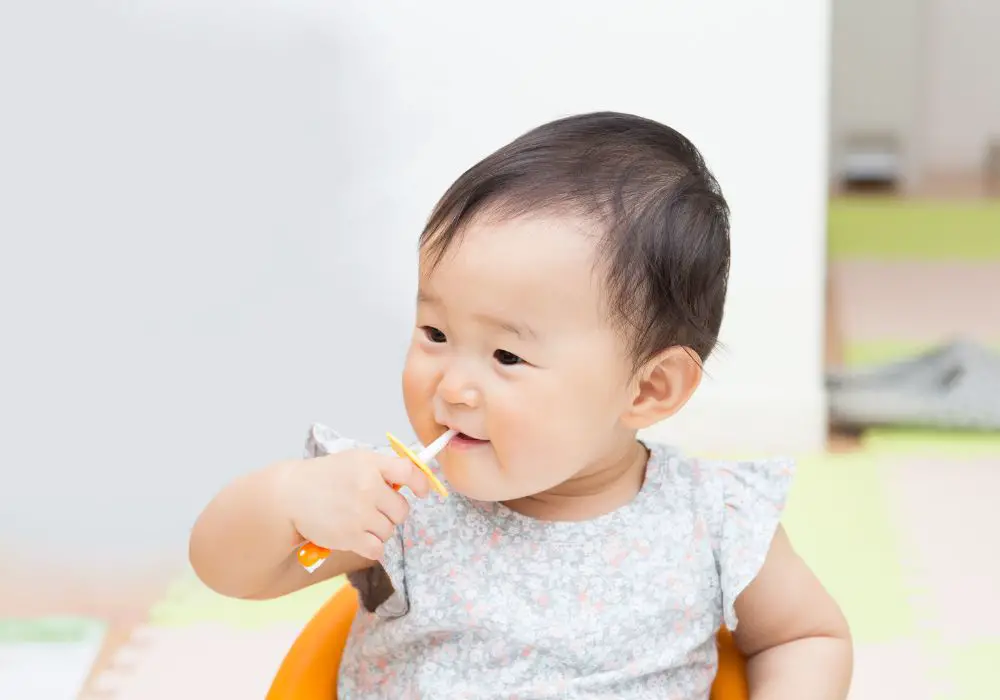
Brushing your baby’s teeth is an important part of their oral care routine. Here is a step-by-step guide to help make the process easier and more effective:
- Start by choosing the right toothbrush. Use a soft-bristled toothbrush that is specifically designed for babies. The head should be small enough to fit comfortably in your baby’s mouth. You can also use a finger brush or a clean, damp washcloth.
- Wet the toothbrush with water and add a small amount of fluoride toothpaste. For babies under 2 years old, use a smear of toothpaste about the size of a grain of rice. For children 2-5 years old, use a pea-sized amount of toothpaste.
- Gently brush your baby’s teeth using circular motions. Make sure to brush all surfaces of the teeth, including the front, back, and top. Don’t forget to brush the gums and tongue as well.
- Encourage your baby to spit out the toothpaste after brushing. If they are too young to spit, you can use a damp cloth to wipe their mouth.
- Rinse the toothbrush with water and store it in a clean, dry place.
- Brush your baby’s teeth at least twice a day, once in the morning and once before bed.
- As your baby grows, encourage them to start brushing their own teeth. You can start by letting them hold the toothbrush while you guide their hand.
Remember, good oral hygiene habits start early, so it’s important to start brushing your baby’s teeth as soon as they appear. With a little patience and practice, you can help your baby develop healthy dental habits that will last a lifetime.
Making Brushing Fun
Brushing your baby’s teeth can be a daunting task, but it is essential for their oral health. It’s not uncommon for toddlers to resist brushing their teeth, but there are ways to make it a fun and enjoyable experience for them. Here are some tips to make brushing fun for your little one:
- Let them choose their toothbrush: Allow your child to pick out their toothbrush. You can take them to the store and let them choose one with their favorite cartoon character or color. This will make them more excited to use it.
- Brush together: Make brushing a family activity. Brush your teeth at the same time as your child. This will make them feel like they are part of the routine and encourage them to brush their teeth.
- Sing a song: Singing a song while brushing their teeth can make the experience more enjoyable. You can make up your own song or sing a popular children’s song like “The Wheels on the Bus.”
- Make it a game: Turn brushing into a game. You can pretend to be a dentist and count their teeth while you brush them. Or you can make it a race to see who can brush their teeth the longest.
- Use flavored toothpaste: Children’s toothpaste comes in a variety of flavors like strawberry and bubblegum. Let your child choose their favorite flavor to make brushing more enjoyable.
- Reward good behavior: Positive reinforcement can go a long way. Reward your child for good behavior while brushing their teeth. You can give them a sticker or a small toy as a reward.
By making brushing fun, you can encourage your child to develop good oral hygiene habits that will benefit them for a lifetime.
Regular Dental Checkups
Regular dental checkups are an essential part of maintaining your baby’s oral health. The American Academy of Pediatric Dentistry recommends that children should visit a dentist by their first birthday or when their first tooth appears, whichever comes first. After that, they should visit the dentist every six months for routine checkups and cleanings.
During these checkups, the dentist will examine your baby’s mouth, teeth, and gums to ensure that they are healthy and developing correctly. They will also check for any signs of tooth decay, gum disease, or other dental problems. If any issues are detected, the dentist will discuss treatment options with you and provide recommendations for improving your baby’s oral health.
In addition to regular checkups, it’s important to establish good dental hygiene habits at home. This includes brushing your baby’s teeth twice a day with a fluoride toothpaste and flossing once a day. You should also avoid giving your baby sugary or acidic foods and drinks, as these can contribute to tooth decay.
If your baby is at a higher risk for tooth decay or other dental problems, the dentist may recommend more frequent checkups or additional preventative measures, such as fluoride treatments or dental sealants.
Overall, regular dental checkups are an important part of ensuring your baby’s oral health and preventing dental problems in the future. By establishing good dental hygiene habits and working with your dentist, you can help your baby maintain a healthy and happy smile.
Common Mistakes to Avoid
Teaching your baby to brush their teeth can be a daunting task, but there are some common mistakes you can avoid to make the process easier and more effective.
Using too much toothpaste
One of the most common mistakes parents make when teaching their baby to brush their teeth is using too much toothpaste. It is recommended that you use a rice-grain-sized smear of toothpaste for your baby or toddler, graduating to a pea-sized dollop by age 3. Using too much toothpaste can lead to your baby ingesting too much fluoride, which can cause fluorosis, a condition that affects the appearance of tooth enamel.
Skipping brushing sessions
Another mistake parents make is skipping brushing sessions. It is important to brush your baby’s teeth twice per day, even if they only have a few teeth. Skipping brushing sessions can lead to tooth decay and other dental problems.
Not using the right toothbrush
Using the wrong toothbrush can also be a mistake. It is important to use a soft-bristled toothbrush that is specifically designed for babies. Adult toothbrushes can be too harsh on your baby’s delicate gums and teeth.
Not making it fun
Finally, not making brushing fun can be a mistake. Babies love routines and will start to recognize dental care as part of their day. You can make brushing fun by singing a song or playing a game while you brush your baby’s teeth. This will help your baby associate brushing with something positive and enjoyable.
Maintaining Consistency
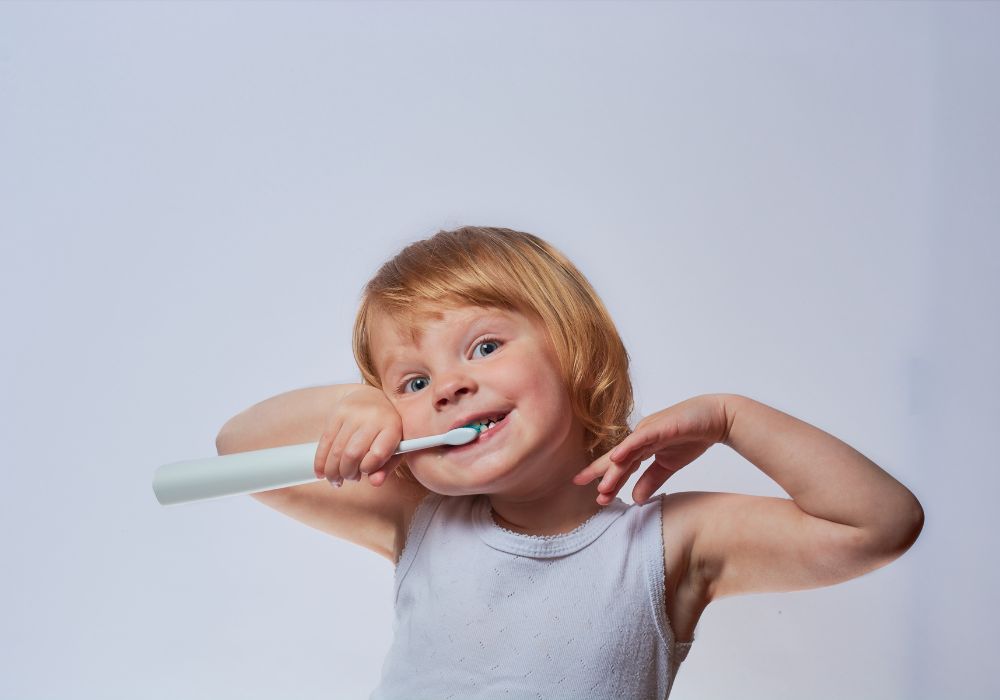
Maintaining consistency is key when it comes to teaching your baby to brush their teeth. Consistency creates a routine that your baby will become familiar with and eventually follow on their own. Here are some tips to help you maintain consistency:
- Choose a specific time of day to brush your baby’s teeth. This could be after breakfast, before bedtime, or any other time that works for you and your baby’s schedule. Stick to this time every day so that it becomes a regular part of your routine.
- Use the same toothbrush and toothpaste every time you brush your baby’s teeth. This will help your baby become familiar with the toothbrush and toothpaste and make them more comfortable with the process.
- Make brushing your baby’s teeth a fun and positive experience. Sing a song, make funny faces, or play a game while brushing. This will help your baby associate brushing their teeth with a positive experience.
- Be patient and consistent. It may take some time for your baby to get used to brushing their teeth, but with patience and consistency, they will eventually learn to love it.
By maintaining consistency, you are setting your baby up for a lifetime of good oral hygiene habits.
Frequently Asked Questions
What age should I start brushing my baby’s teeth?
It is recommended to start brushing your baby’s teeth as soon as their first tooth appears. This usually happens around 6 months of age. However, even before the first tooth appears, it’s important to clean your baby’s gums and tongue with a soft, damp cloth or gauze pad after feedings.
How often should I brush my baby’s teeth?
You should brush your baby’s teeth twice a day, once in the morning and once before bedtime. Use a small amount of fluoride toothpaste, about the size of a grain of rice, on a soft-bristled toothbrush.
What are some natural ways to clean my baby’s teeth?
There are several natural ways to clean your baby’s teeth, such as using a silicone finger brush or a damp washcloth to gently wipe their gums and teeth. You can also give your baby water to rinse their mouth after meals and snacks.
What is the best way to use a finger brush for my baby?
To use a finger brush, simply slip it onto your finger and gently rub your baby’s gums and teeth in a circular motion. Start with just a few teeth at a time, gradually working your way up to the entire mouth. Be sure to clean the brush thoroughly after each use.
When should my child start brushing their own teeth?
Around the age of 2, you can start teaching your child to brush their own teeth with your supervision. Use a small amount of toothpaste and show them how to brush in circular motions on all surfaces of their teeth. Encourage them to spit out the toothpaste and rinse with water.
Are there any alternatives to brushing my toddler’s teeth?
While brushing is the most effective way to clean your toddler’s teeth, there are other alternatives such as using a water flosser or chewable toothbrushes. However, it’s important to note that these alternatives should not replace regular brushing and flossing.

